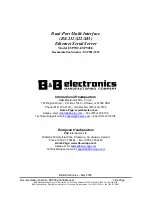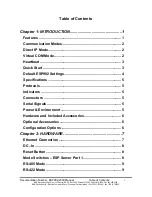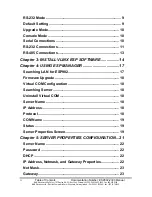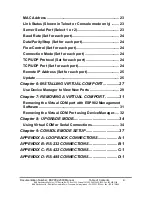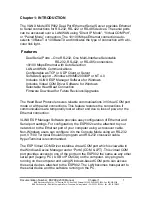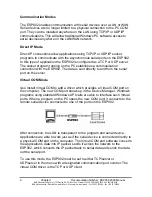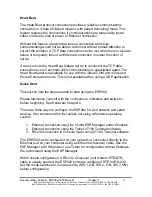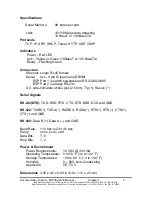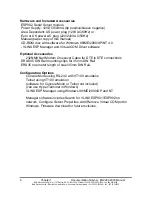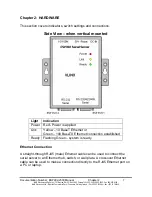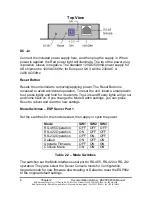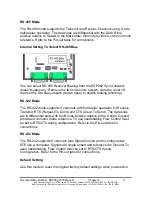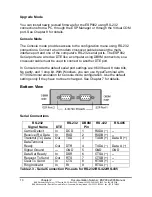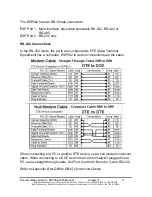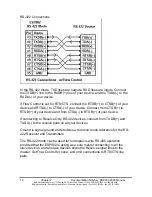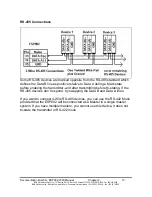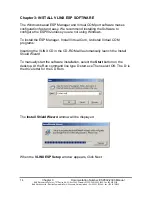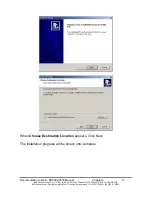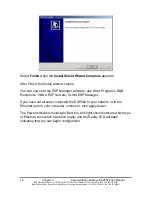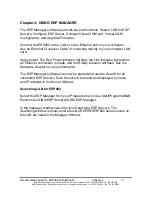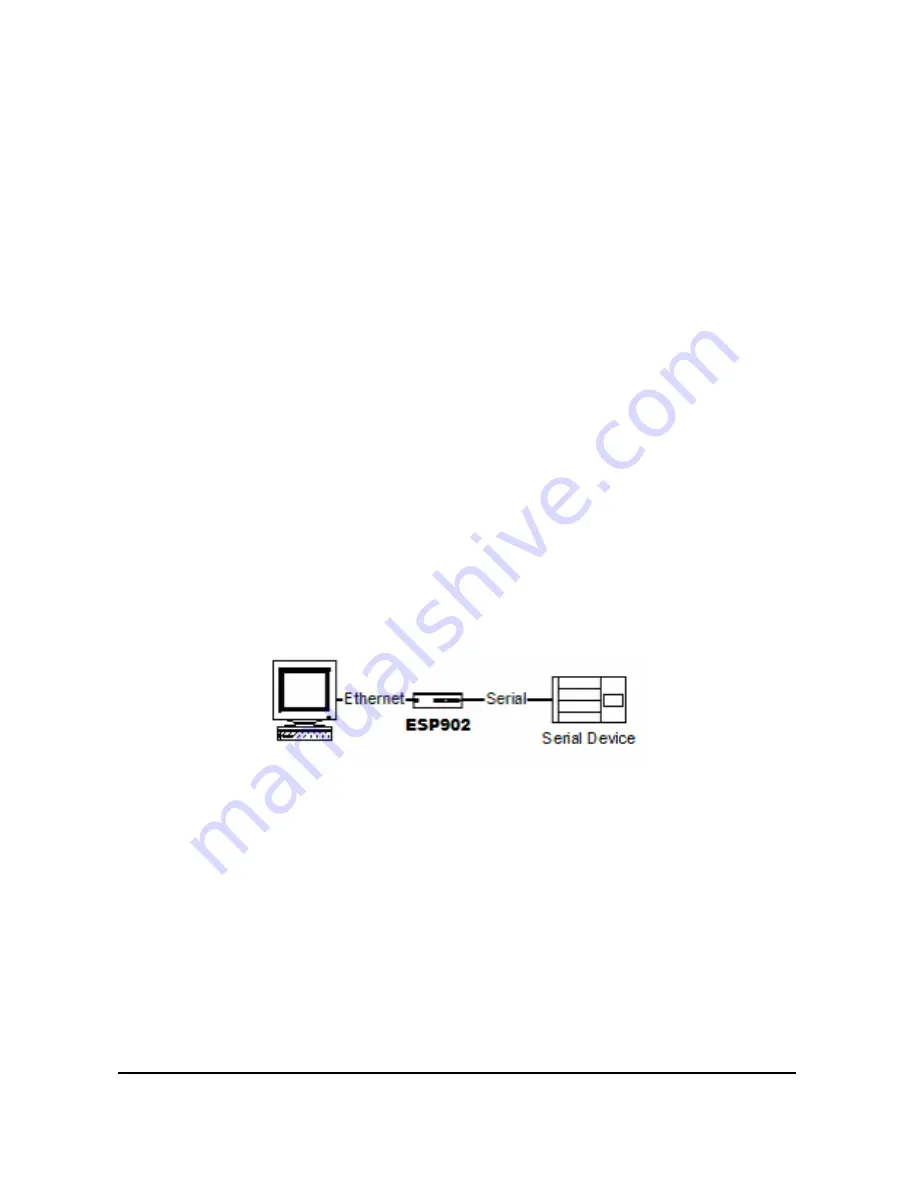
2
Chapter 1
Documentation Number: ESP902-2303 Manual
B&B Electronics Mfg Co Inc – 707 Dayton Rd - PO Box 1040 - Ottawa IL 61350 - Ph 815-433-5100 - Fax 815-433-5104
B&B Electronics Ltd – Westlink Commercial Park – Oranmore, Galway, Ireland – Ph +353 91-792444 – Fax +353 91-792445
Communication Modes
The ESP902 enables communication with serial devices over a LAN or WAN.
Serial devices are no longer limited to a physical connection to the PC COM
port. They can be installed anywhere on the LAN using TCP/IP or UDP/IP
communications. This will allow traditional Windows PC software access to
serial devices anywhere on the LAN/WAN network.
Direct IP Mode
Direct IP connections allow applications using TCP/IP or UDP/IP socket
programs to communicate with the asynchronous serial ports on the ESP902.
In this type of application the ESP902 is configured as a TCP or UDP server.
The socket program running on the PC establishes a communication
connection with the ESP902. The data is sent directly to and from the serial
port on the server.
Virtual COM Mode
Use Install Virtual COM to add a driver which provides a Virtual COM port on
the computer. The new COM port shows up in the Device Manager. Windows
programs using standard Windows API calls are able to interface such Virtual
ports. When a program on the PC opens the new COM port, it connects to the
remote serial device connected to one of the ports on the ESP902.
After connection, the LAN is transparent to the program and serial device.
Applications are able to work just as if the serial device is connected directly to
a physical COM port on the computer. The Virtual COM port software converts
the application’s data into IP packet, sends it across the network to the
ESP902, which converts the IP packet back to serial data and sends the data
out the serial port.
To use this mode, the ESP902 must be set to either TCP/server or
UDP/server in the menu with a designated communication port number. The
virtual COM driver is the TCP or UDP client.

